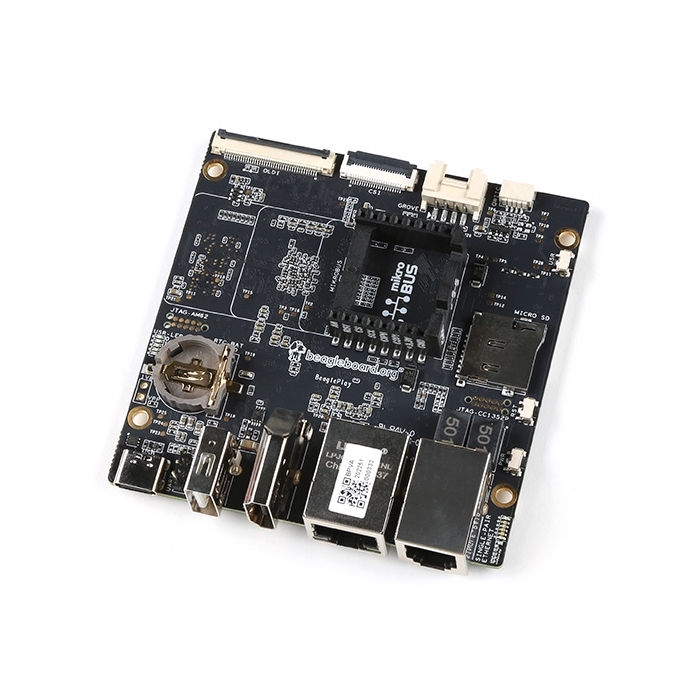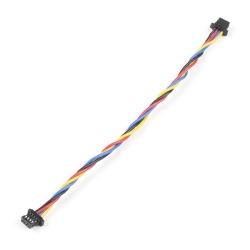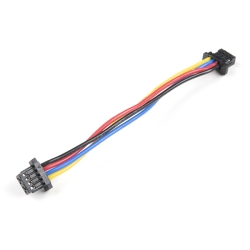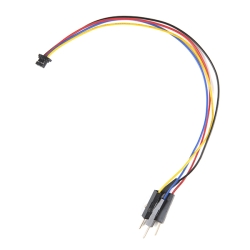BeaglePlay
The BeaglePlay by BeagleBoard is a Single Board Computer is designed to simplify the complexities of embedded system development.
Helpful Documentation
Product Overview
BeaglePlay is an open-source single board computer designed to simplify the process of adding sensors, actuators, indicators, human interfaces, and connectivity to a reliable embedded system. It features a powerful 64-bit, quad-core processor and innovative connectivity options, including WiFi, Gigabit Ethernet, sub-GHz wireless, and single-pair Ethernet with power-over-data-line. With compatibility with 1,000s of off-the-shelf add-ons and a customized Debian Linux image, BeaglePlay makes expansion and customization easy. It also includes ribbon-cable connections for cameras and touch-screen displays, and a socket for a battery-backed real-time-clock, making it ideal for human-machine interface designs.
BeaglePlay is built around Texas Instruments AM62x Sitara™ Processors which is a Quad-Core Arm® Cortex®-A53 Human-machine-interaction SoC. It comes with 2GB DDR4 RAM, 16GB eMMC storage, Full size HDMI, USB-A host port, USB-C power & connectivity port, serial debug interface, and much more.
The BeaglePlay also includes a Qwiic connector. The SparkFun Qwiic Connect System is an ecosystem of I2C sensors, actuators, shields and cables that make prototyping faster and less prone to error. All Qwiic-enabled boards use a common 1mm pitch, 4-pin JST connector. This reduces the amount of required PCB space, and polarized connections mean you can’t hook it up wrong.
Features & Specs
- Processor: TI AM6254 (multicore A53s with R5, M4s and PRUs)
- PMIC: TPS6521901
- Memory: 2GB DDR4
- Storage: 16GB eMMC
- WiFi:
- PHY: WL1807MOD (roadmap to next-gen TI CC33XX WiFi 6 & BLE)
- Antennas: 2.4GHz & 5GHz
- BLE/SubG:
- CC1352P7 M4+M0 with BeagleConnect firmware
- BeagleConnect Wireless enabled
- Antennas: 2.4GHz & SubG IEEE802.15.4 software defined radio (SDR)
- Ethernet:
- PHY: Realtek RTL8211F-VD-CG Gigabit Ethernet phy
- Connector: integrated magnetics RJ-45
- Single-pair Ethernet:
- BeagleConnect Wired enabled
- PHY: DP83TD510E 10Mbit 10BASE-T1L single-pair Ethernet phy
- Connector: RJ-11 jack
- Power (PoDL): Input: N/A (protection to 12V), Output: 5V @ 250mA
- USB type-C:
- PD/CC: None, HS shorted to both sides
- Power: Input: 5V @ 3A, Output: N/A (USB-C DRP Not supported)
- HDMI:
- Transmitter: IT66121
- Connector: full-size
- Other Connectors:
- microSD
- USB 2.0 type-A (480Mbit)
- mikroBUS connector (I2C/UART/SPI/MCAN/MCASP/PWM/GPIO)
- Grove connector (I2C/UART/ADC/PWM/GPIO)
- QWIIC connector (I2C)
- CSI connector compatible with BeagleBone AI-64, Raspberry Pi Zero / CM4 (22-pin)
- OLDI connector (40-pin)
Documentation
Customer Reviews

Stock and Customer Discounts
Available Discounts
- $94.05 | 25+ units
- $89.10 | 100+ units


 Datasheet
Datasheet





